When purchasing a sports watch, especially one that you'll wear during intense outdoor or water-based activities, waterproofing is often one of the most important features to consider.
Whether you're a runner who faces rainy conditions, a swimmer logging laps in the pool, or a hiker trekking through wet terrain, the waterproof rating of your sports watch plays a crucial role in its durability and functionality.
But how do you determine what rating is right for you, and how does it relate to your activity? let’s dive into the details of waterproof sports watches, exploring how their ratings correspond to different activities.
What Exactly Do Waterproof Ratings Mean for Sports Watches?

A waterproof rating, also referred to as water resistance, indicates how well a watch can withstand exposure to water.
However, not all "waterproof" watches are created equal. Some watches can handle light splashes or rain, while others are designed to survive deep-sea dives. Let’s break down what these ratings really mean and how to interpret them.
Waterproof Rating Systems
There are two main systems used to express a watch’s resistance to water:
IP (Ingress Protection) Rating: This rating system includes two digits: the first digit relates to dust protection, and the second refers to water resistance.
For example, IP68 means:
The first digit “6” indicates that the device has complete dust protection, meaning no dust can enter the device.
The second digit “8” means the device can withstand being submerged in water for extended periods at depths greater than 1 meter. The exact depth and duration are typically specified by the manufacturer.
In general, IP68 is suitable for use in wet environments, such as swimming pools or marine conditions, where long-lasting water resistance is needed.
Meter Depth Ratings: The most common system you’ll see on sports watches, particularly those designed for outdoor activities, is the depth rating e.g., 50m, 100m, 200m. This rating tells you the maximum depth a watch can safely handle underwater:
- 50m: Suitable for light swimming or water exposure.
- 100m: Ideal for recreational swimming, water sports, or light snorkeling.
- 200m and above: Designed for diving or heavy-duty water activities.
How Deep Can Your Sports Watch Go?
Now, let’s explore how waterproof ratings correspond to specific activities. It’s crucial to align the right waterproof rating with the activities you engage in to ensure your watch’s longevity and proper performance.
Swimming and Water Sports
For most recreational swimmers and those engaging in low-impact water sports, a 50m (5ATM) waterproof rating is generally sufficient. This rating ensures the watch can withstand occasional exposure to water, such as getting caught in the rain or briefly splashing in a pool.
However, 50m-rated watches are not designed for prolonged submersion or high-pressure water activities.
While 100m (10ATM) watches offer slightly better protection and are suitable for more intense water activities, they are still not intended for activities that require prolonged exposure to water, such as professional swimming or diving.
These watches are designed for those who want to track their fitness in wet conditions or enjoy water-related activities but don’t need the extreme waterproofing of specialized diving watches.
Snorkeling and Diving
If you enjoy snorkeling or more serious diving, you'll need a watch rated for at least 200m (20ATM). These watches are specifically designed to withstand the increased water pressure at depths beyond the 50-meter range.
Watches with 200m water resistance can safely endure prolonged exposure at deeper depths without water infiltration.
According to a Diving Equipment and Marketing Association (DEMA) report, about 40% of serious divers prefer watches rated for 200m or more to accommodate the deeper pressures encountered during recreational diving. This data highlights that for diving enthusiasts, higher ratings are essential for safety and performance.
Running and Hiking
For runners and outdoor enthusiasts, you'll often encounter wet conditions, whether it’s rain or crossing streams. A 50m or 100m waterproof rating is more than adequate for these activities.
These ratings protect against water exposure from rain, sweat, and puddles but aren’t designed for full immersion, like swimming or diving.
A Statista survey indicated that 60% of outdoor athletes use watches rated for 100m, which is ideal for rain-soaked runs or hikes in wet environments. These watches offer great protection while maintaining the necessary features for fitness tracking and navigation.
Choosing the Perfect Waterproof Sports Watch: Matching Ratings with Your Activity

Now that you know the different waterproof ratings, the next step is figuring out which rating matches your activity. Here’s a simple guide to help you choose the best watch based on your specific needs.
Casual Swimmers and Water Enthusiasts
For those who swim occasionally or engage in water activities like surfing or paddleboarding, a 50m-rated watch will suffice. These watches offer basic water resistance, enough to survive splashes or light swimming.
Snorkelers or Recreational Divers
If you enjoy snorkeling or recreational diving, opt for a 100m or 200m-rated watch. These watches are built to withstand the pressures of being underwater for longer periods and offer features like dive logs and water-resistant designs that hold up in more demanding environments.
Outdoor Athletes
For athletes who enjoy running, hiking, or cycling in wet conditions, a 50m to 100m-rated watch will provide all the protection you need. These watches protect against rain, sweat, and the occasional splash from streams, while also offering features like GPS tracking and heart rate monitoring.
What You Might Be Getting Wrong About Waterproof Sports Watches
Many consumers are often misled when choosing a waterproof sports watch, thinking that any "waterproof" label means the watch can handle all water activities.
In reality, the capabilities and designs of waterproof watches have limits, and understanding what the ratings actually mean can help you make a more informed decision. Below are some common misconceptions and the truth behind them.
Not All Waterproof Watches Are Suitable for Swimming
Not all "waterproof" watches are suitable for swimming, especially for prolonged sessions. A 50m waterproof rating only handles brief exposure to water, like splashes or shallow immersion, but not extended swimming.
If you swim regularly or engage in underwater activities, you should opt for a watch rated 100m or higher. These watches are designed to withstand the pressures and duration associated with swimming or snorkeling.
Swimming in pools or the ocean subjects the watch to continuous water pressure, so it’s important to choose a watch with 100m or 200m water resistance to ensure it performs reliably in such conditions.
Many swimmers mistakenly believe that any waterproof watch can handle long-distance swimming, but the proper rating is key to ensuring durability.
A Higher Waterproof Rating Means a Better Watch
A higher waterproof rating doesn’t automatically make a watch better. Watches rated for 500m or higher are designed for professional divers or extreme water sports enthusiasts. For most everyday users, this high level of waterproofing is unnecessary and results in a bulkier, heavier watch.
For most consumers, a 100m or 200m waterproof rating is more than sufficient, as it covers swimming, light water sports, and even some recreational diving.
Choosing a higher rating than needed can add unnecessary weight and make the watch less comfortable for daily wear. A high rating does not guarantee the watch’s overall quality—it’s about finding the right balance between water resistance and practical use.
Waterproof Watches Are Completely Immune to Water Damage
Waterproof doesn’t mean “completely invincible.” While waterproof watches can resist water, they are not impervious to damage.
Extreme temperature changes, saltwater, or high-pressure environments can still affect the watch's seals and cause water damage. For example, prolonged exposure to saltwater can degrade the water-resistance seals, reducing the watch’s ability to keep water out.
Even with a high waterproof rating, it’s important to rinse off saltwater or other corrosive substances after exposure. Regular maintenance, such as avoiding extreme heat or cold and cleaning the watch after water exposure, helps preserve its waterproof abilities over time.
All Waterproof Watches Are Good for All Water Sports
Not all waterproof watches are suitable for high-intensity water activities like surfing or diving. A 50m waterproof-rated watch can handle minor water exposure but cannot withstand the pressures or depths of water sports such as diving or surfing.
If you're an avid diver or frequently engage in extreme water activities, you need a watch rated for at least 100m or 200m. For deep-sea divers or extreme sports enthusiasts, a 500m or more rating is essential. Choosing a watch with the wrong rating for your activity can lead to damage or poor performance in the water.
Conclusion
In conclusion, selecting the right waterproof sports watch involves more than just picking the highest waterproof rating. It's crucial to understand that different activities require different levels of water resistance.
Whether you're swimming, running in the rain, or diving, choosing a watch with an appropriate waterproof rating ensures optimal performance and longevity.
Keep in mind that even the most water-resistant watches need proper care, as extreme conditions like saltwater or high pressure can affect their performance.
FAQs
What is a waterproof sports watch?
A waterproof sports watch is designed to withstand exposure to water, making it suitable for activities like swimming, running in the rain, or intense workouts. These watches come with different water resistance levels (e.g., 5 ATM, 10 ATM) to ensure they perform well in wet conditions.
Can I wear my waterproof sports watch while swimming?
Yes, as long as the watch has a water resistance rating of 5 ATM or higher. Watches with these ratings are designed to handle swimming, but check if your specific watch is rated for swim tracking if that's a priority.
How do I take care of my waterproof sports watch?
To maintain your waterproof sports watch, rinse it with fresh water after exposure to saltwater or chlorine, check the seals regularly, and avoid hot water or extreme temperatures to prevent damage to the waterproof seals.

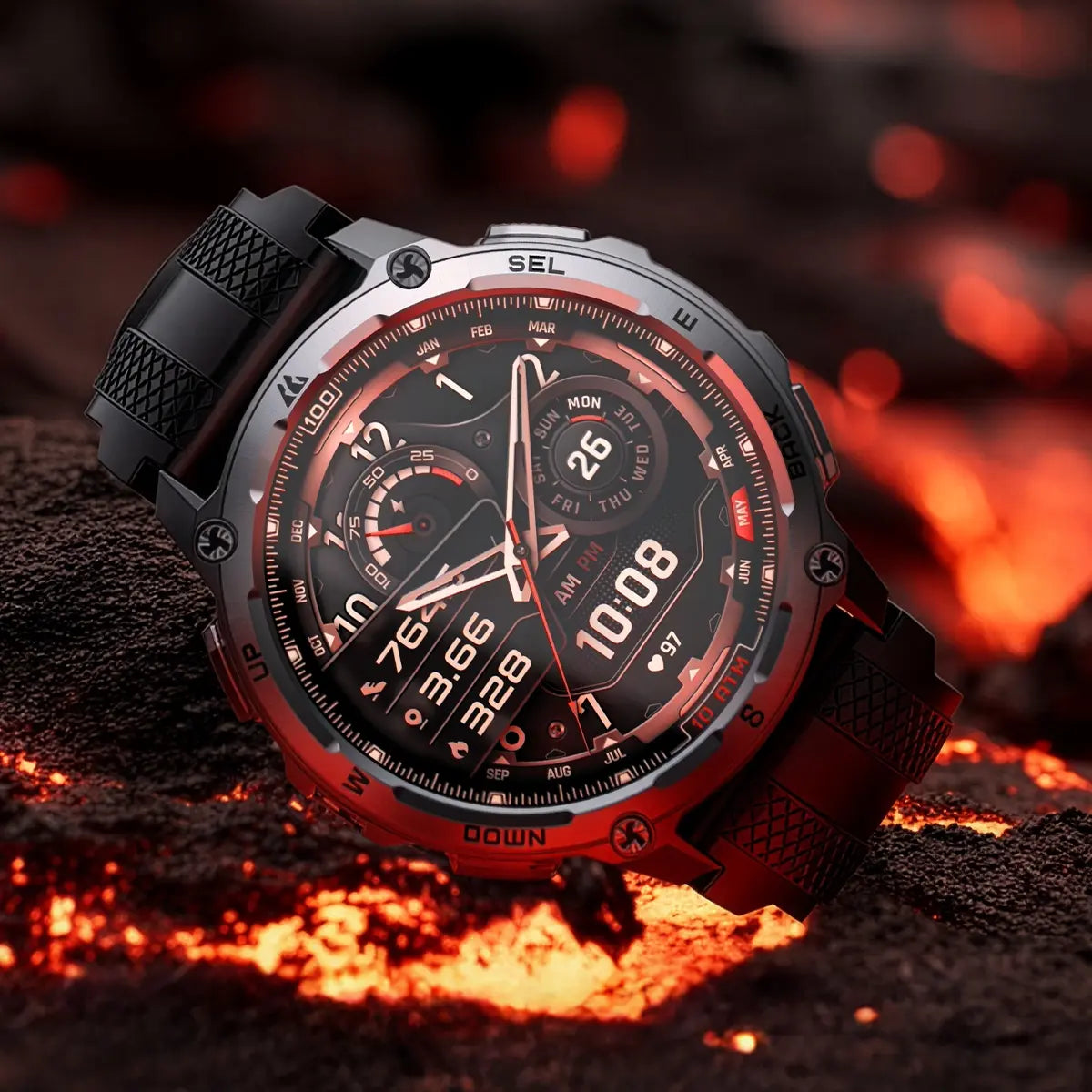

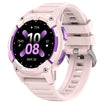
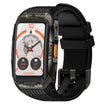

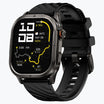
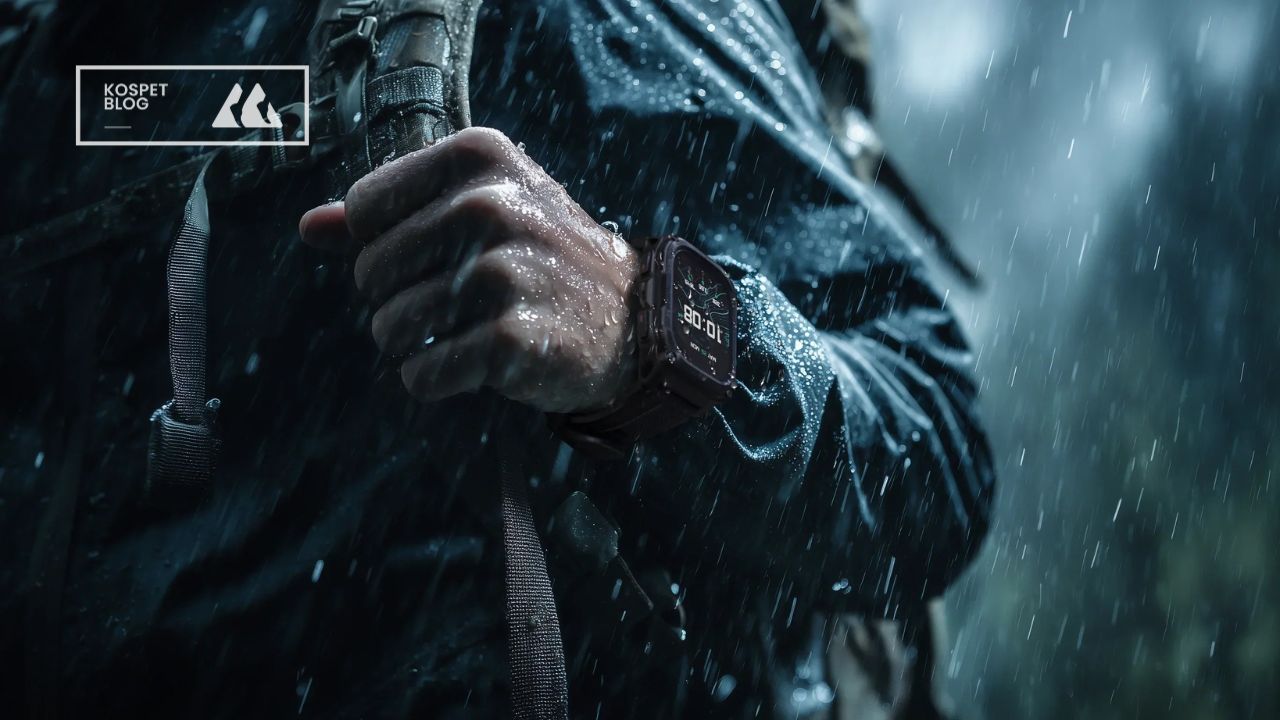
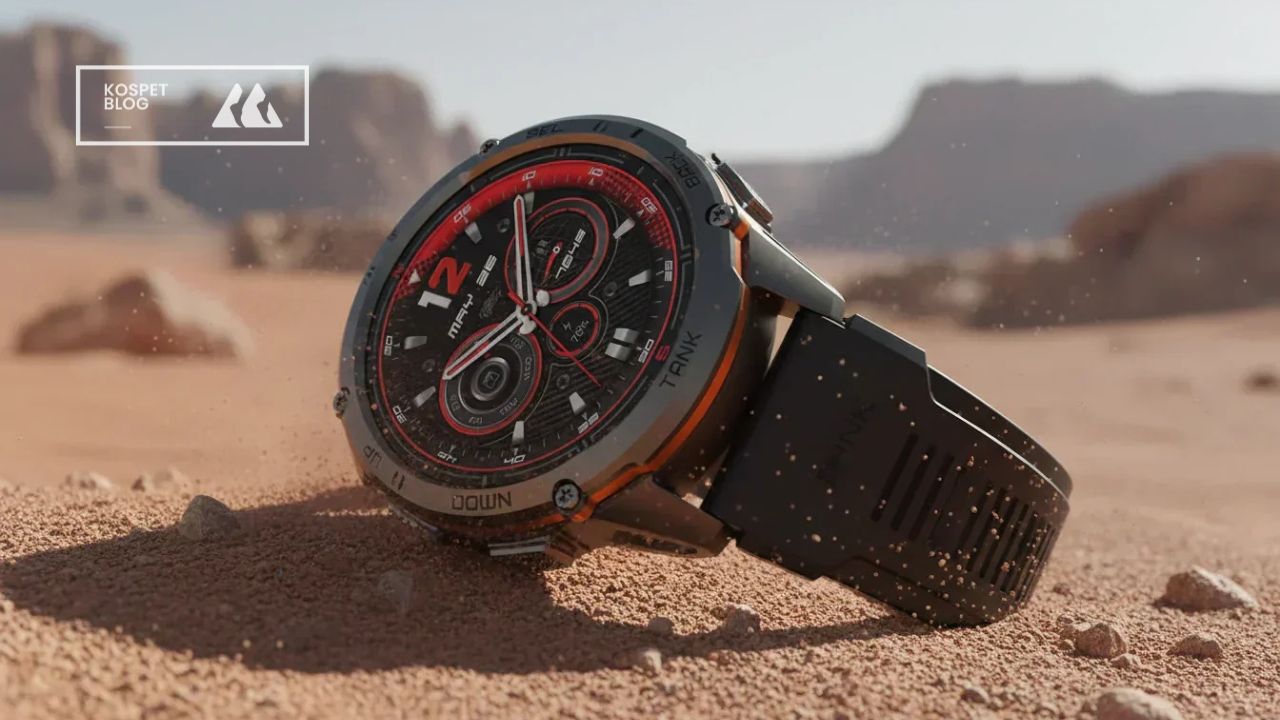





Leave a comment
All comments are moderated before being published.
This site is protected by hCaptcha and the hCaptcha Privacy Policy and Terms of Service apply.